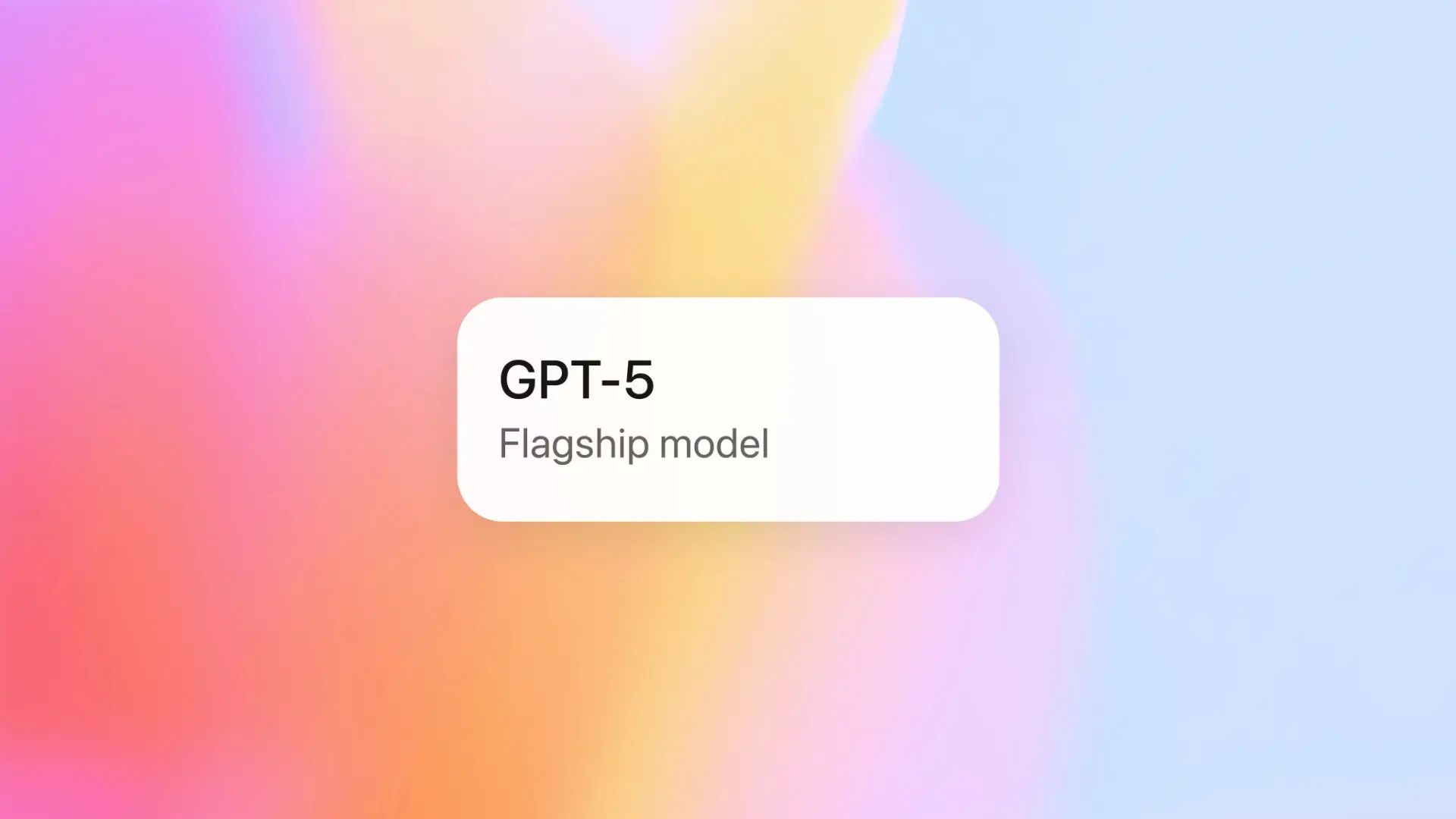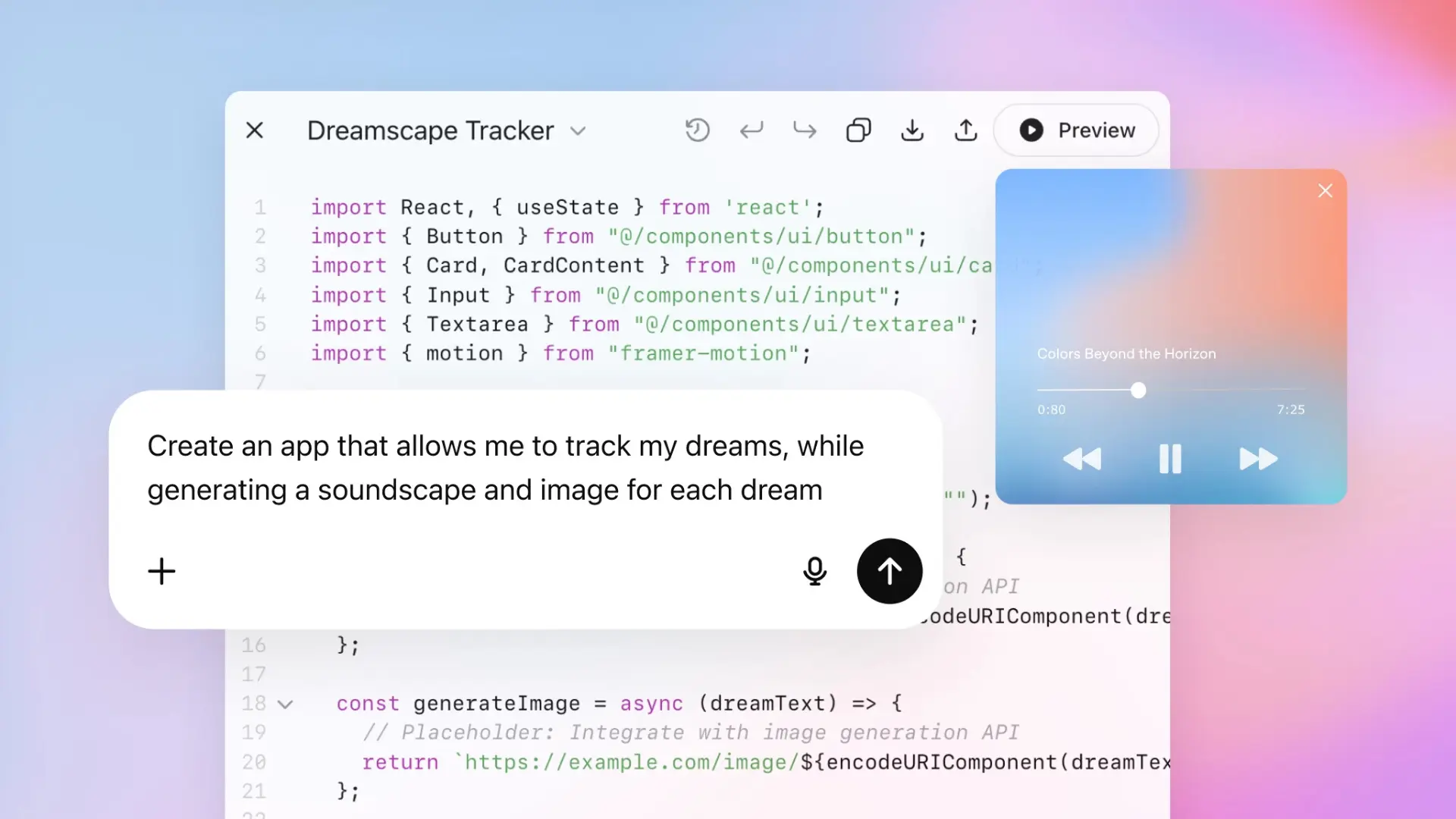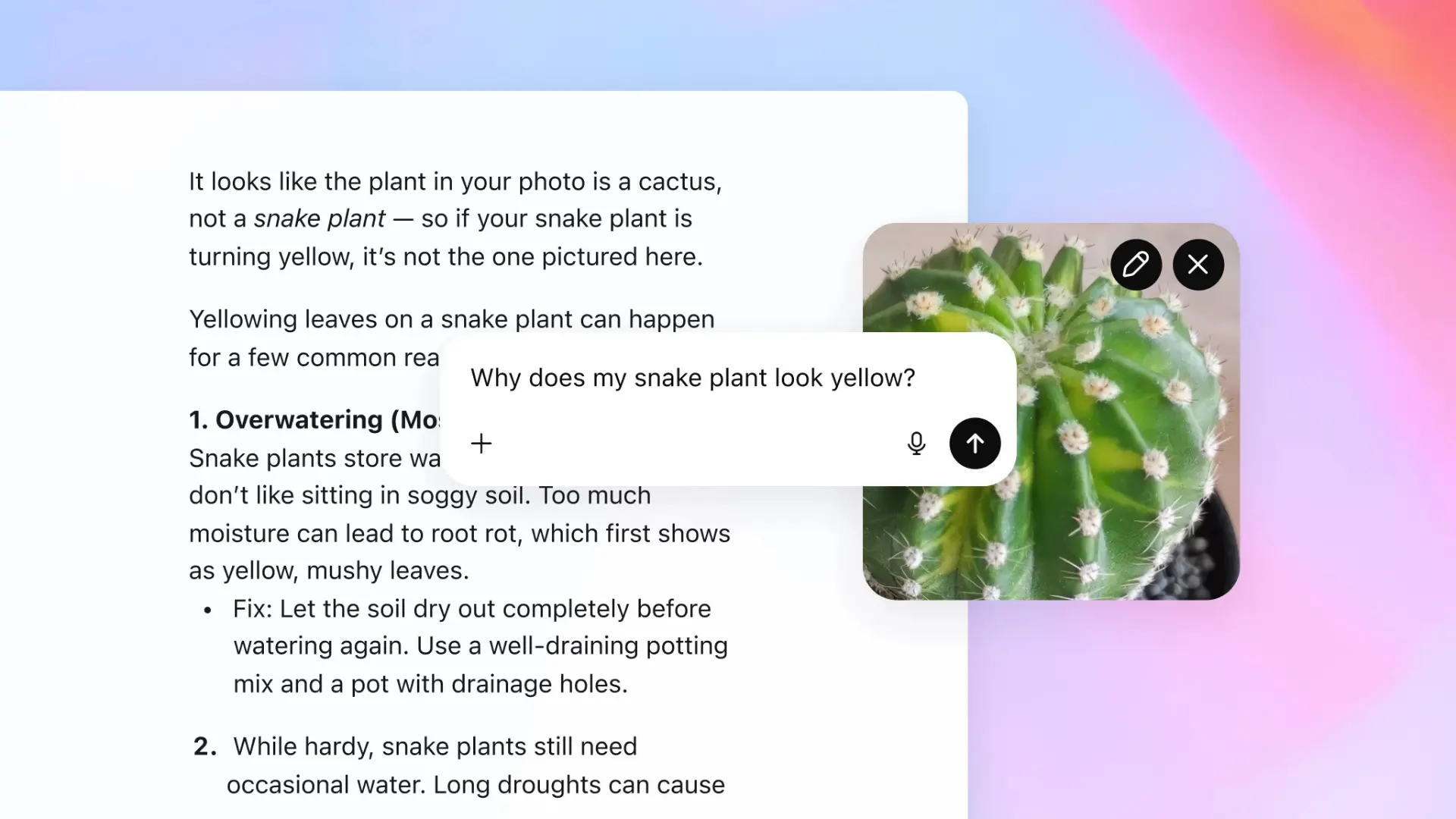GPT 5 Explained: What It Is, How It Works, GPT 5 vs GPT 4, and What It Can Do
Updated on
Published on

GPT 5 is OpenAI’s newest generation in the family of AI language models that power apps like ChatGPT. If GPT 4 felt like talking to a very capable assistant, GPT 5 aims to feel more natural, more accurate, and more helpful, especially on complex, multi step requests. This overview explains what is GPT 5, how GPT 5 works, how GPT 5 vs GPT 4 compares, what it can do in daily life and work, plus the benefits and limits you should know.
What is GPT 5
GPT stands for Generative Pre trained Transformer. In plain English, GPT 5 is a computer system that has learned patterns from a very large amount of text and other data so it can understand your prompt and produce useful, human like responses. It belongs to the same family as prior models, but it focuses on better reasoning, stronger safety, and a smoother all in one experience. You will see it inside ChatGPT and also inside many third party apps through the OpenAI platform.
How GPT 5 works
Think of GPT 5 as the world’s most attentive autocomplete. You write a question, it predicts the next words that best answer you, then the next, and so on. The difference now is that GPT 5 is trained to pause and reason internally before replying. That internal thinking helps it break down multi part tasks, ask clarifying questions, and avoid quick but shallow answers. It is also multimodal, which means it can work with text, images, and voice in a single conversation, and it can call specialized tools when needed, like a web search, a code runner, or an image generator. Finally, it handles much longer inputs and conversations than earlier models, so it can keep track of context over time.
GPT 5 vs GPT 4
Here are the most noticeable upgrades people care about:
- Reasoning and accuracy. GPT 5 is better at step by step thinking, following complex instructions, and staying on topic. It reduces the odds of confident but wrong answers compared to GPT 4.
- Multimodal by default. Text, images, and voice live in one model. You can talk, type, show a photo, or mix them, then get a single coherent response.
- Longer memory. A larger context window means GPT 5 can read and reference much longer documents and multi day chats without losing the thread.
- Speed and responsiveness. Answers arrive faster, which matters for live brainstorming, tutoring, and pair programming.
- Built in tools. Instead of switching modes or plugins, GPT 5 can decide to browse, generate a chart, or run code as part of one seamless reply.
- Accessibility and formats. More voice options, better support for different writing tones, and smaller distilled versions for apps that need low cost or mobile friendly performance.
Read the Official Research Here
What GPT 5 can do
Here are practical ways people use OpenAI GPT 5 capabilities today.
Learning and tutoring
Explain calculus like you are talking to a beginner, then switch to exam level drills. Turn class notes into a study guide, generate quizzes with answer keys, or translate material into plain language. Teachers can draft lesson plans and rubrics in minutes.
- Create a quick practice set from a chapter and grade it automatically.
- Build a simple web app for flashcards or language drills from a short prompt.
Writing and content creation
Outline an article, draft the first pass, and refine tone for a specific audience. Marketers can generate product descriptions and social captions that match brand voice. Creators can storyboard a video and script the narration.
- Brainstorm five angles for a headline, then expand the strongest one into a 700 word post.
- Repurpose a webinar transcript into an email series, a summary, and three short posts.
Customer support and knowledge search
Power an always on helper that understands natural language, pulls answers from your help center, and asks clarifying questions before it acts. Escalate gracefully when a human is needed.
- Summarize the relevant policy page and draft a clear reply for the user.
- Log the issue in your system and suggest the next best action.
Coding and data tasks
Use GPT 5 as a tireless pair programmer. Describe what you want, get working code, tests, and comments. Paste an error, get a fix with an explanation. For data, ask it to explore a CSV, surface outliers, and plot a quick chart.
- Convert a prototype from one language to another and explain the key differences.
- Review a pull request, point out edge cases, and propose tests.

Everyday personal assistant
Plan a three day trip that fits your budget and schedule. Turn a messy note into a clear email. Make a shopping list from a recipe and add reminders to your calendar.
- Compare two offers and build a pros and cons table you can share.
- Draft a polite message that confirms details and asks two follow up questions.

Benefits
- Better answers with less friction. Improved reasoning, fewer off topic replies, longer memory, and faster output make it easier to get to a useful result.
- One model for many jobs. Multimodal input and built in tool use mean fewer mode switches and a more natural conversation.
- Fits more teams and budgets. Full power for complex work, smaller distilled versions for simple tasks or on device use, plus a growing app ecosystem.
Limitations
- Not perfect. It can still make mistakes or present outdated information. Important facts should be verified, and sensitive decisions should include human judgment.
- No real world understanding. GPT 5 recognizes patterns in data. It does not have lived experience, emotions, or true common sense.
- Bias and safety. Despite safeguards, outputs can reflect bias present in training data. Use review workflows, guidelines, and monitoring in production.
- Fixed knowledge without tools. Unless connected to search or updated by the provider, it does not know about the very latest events.
Getting the most from GPT 5
Write clear prompts with goals, constraints, and examples. Ask it to show steps if you want transparency. Give feedback and iterate, just as you would with a colleague. For teams, combine GPT 5 with your private knowledge base and set guardrails for style, tone, policy, and privacy.
Bottom line
If you want a short answer to what is GPT 5, it is the most capable public model from OpenAI so far. If you want a short answer to how GPT 5 works, it predicts words in context and is trained to think through problems before it speaks. The big win over GPT 5 vs GPT 4 is not one flashy trick, it is a stack of improvements that make everyday tasks faster, clearer, and more reliable. Used thoughtfully, GPT 5 is a powerful partner for learning, creating, building, and support. It is not magic, but it is getting closer to the assistant many people hoped for when they first tried AI.
FAQ
What is GPT 5?
GPT 5 is OpenAI’s newest AI language model that powers apps like ChatGPT. It delivers better reasoning, faster answers, and safer, more useful responses for everyday tasks.
How does GPT 5 work in simple terms?
It predicts the next words based on your prompt, but it also performs internal reasoning to plan an answer. How GPT 5 works includes handling text, images, and voice in one conversation.
How is GPT 5 different from GPT 4?
GPT 5 vs GPT 4 brings stronger reasoning, fewer mistakes, longer memory for big documents, faster replies, and built in tool use like browsing or code execution when needed.
What can GPT 5 do in real life?
It tutors students, drafts content, assists customer support, writes and fixes code, analyzes data, and acts as a personal assistant. OpenAI GPT 5 capabilities cover many daily and work tasks.
Can GPT 5 browse the web or use tools?
Yes. It can call tools such as web search, a calculator, or code execution when a task requires fresh data or precise steps. You do not need to switch modes.
Is GPT 5 safe and accurate?
It reduces incorrect answers compared to earlier models and follows stronger safety rules. Still verify critical facts and use human judgment for sensitive decisions.
Does GPT 5 know everything that happened today?
Not by default. Without connected tools it has a fixed knowledge cutoff. With browsing enabled, it can fetch recent information and include it in the answer.
How can I get the best results with GPT 5?
Write clear prompts with goals, constraints, and examples. Ask it to show steps. Iterate with feedback. Combine GPT 5 with your documents or knowledge base for precision.
What are the limits of GPT 5?
It can still make mistakes, reflect bias from training data, or misread vague requests. It does not have human common sense or lived experience.
Who should use GPT 5?
Students, creators, developers, marketers, customer support teams, and anyone who wants faster learning, writing, coding, and research powered by modern AI language models.







